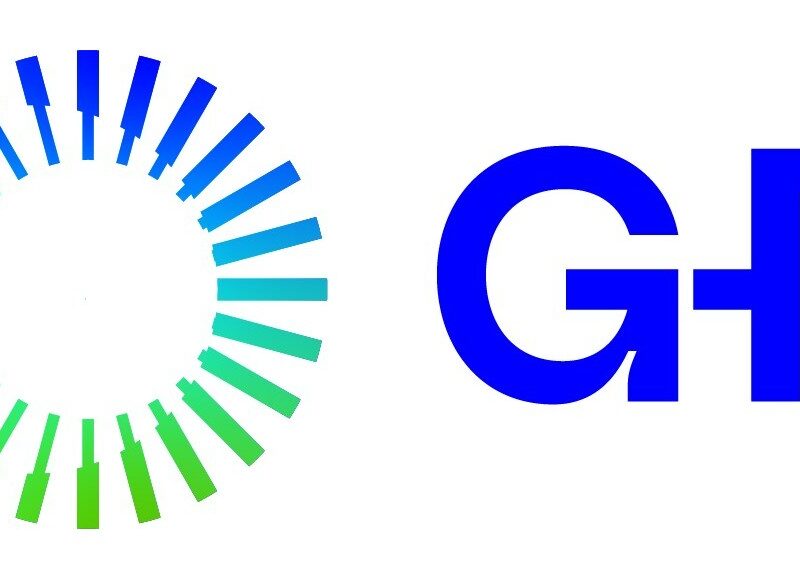
In today’s digital age, cybersecurity is no longer optional for small businesses. As cyber threats continue to evolve, having the right tools in place is crucial to protect sensitive data and maintain customer trust. Here’s a look at the top cybersecurity tools that small businesses should consider implementing in 2025.
- AI-Driven Threat Detection
Artificial Intelligence (AI) has revolutionized cybersecurity by enabling real-time threat detection. Tools like Darktrace and Vectra use AI to monitor network traffic and identify unusual patterns that could indicate a cyber attack. These tools are essential for small businesses that may not have the resources for a full-time cybersecurity team. - Next-Gen Firewalls
Traditional firewalls are no longer sufficient in the face of sophisticated cyber threats. Next-generation firewalls (NGFWs) provide advanced capabilities such as intrusion prevention, application awareness, and deep packet inspection. Solutions like Palo Alto Networks and Fortinet offer scalable options suitable for small businesses. - Endpoint Protection Platforms
With remote work becoming more prevalent, securing endpoints like laptops and mobile devices is critical. Endpoint protection platforms (EPP) like CrowdStrike and SentinelOne offer comprehensive security by combining antivirus, anti-malware, and endpoint detection and response (EDR) capabilities. - Cloud Security Solutions
As more businesses migrate to the cloud, securing these environments is paramount. Tools like Zscaler and Netskope provide cloud-native security solutions that protect data and applications across multiple cloud platforms, ensuring secure access and data integrity. - Identity and Access Management (IAM)
Managing user access to sensitive information is crucial for minimizing risk. IAM solutions like Okta and OneLogin help businesses enforce strong authentication measures and streamline user provisioning, reducing the chances of unauthorized access. - Data Loss Prevention (DLP)
Protecting sensitive data from leaks and breaches is a top priority. DLP tools like Symantec and Digital Guardian provide visibility and control over data movement across networks and endpoints, helping to prevent accidental or malicious data exposure. - Security Information and Event Management (SIEM)
For comprehensive threat analysis and response, SIEM solutions like Splunk and LogRhythm aggregate and analyze log data from various sources, providing actionable insights and automating incident response to mitigate potential threats. - VPN and Secure Remote Access
With the increase in remote work, securing connections to the corporate network is essential. VPN solutions like NordLayer and Perimeter 81 offer secure remote access, ensuring that employees can connect safely to company resources from anywhere. - Cybersecurity Training Platforms
Human error remains a significant vulnerability. Cybersecurity training platforms like KnowBe4 and Infosec IQ provide interactive training and phishing simulations to educate employees on recognizing and avoiding cyber threats. - Backup and Disaster Recovery
In the event of a cyber attack, having a reliable backup and disaster recovery plan is vital. Solutions like Acronis and Veeam ensure that your data is backed up securely and can be restored quickly, minimizing downtime and data loss.
Implementing these cybersecurity tools can help small businesses safeguard their digital assets, comply with regulations, and maintain a strong security posture in 2025. Investing in the right technology not only protects your business but also builds customer confidence and trust.

